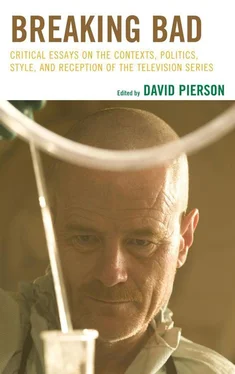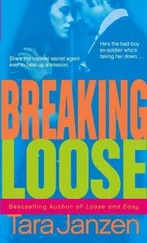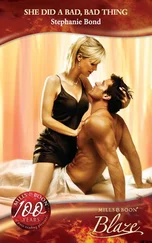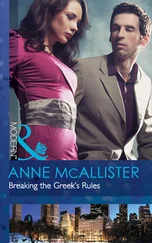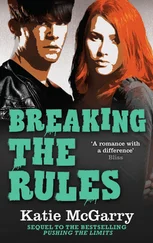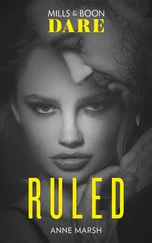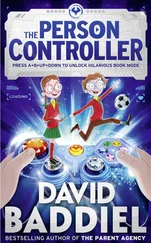The episode “Negro Y Azul” (4/19/09) opens with a song in the narcocorrido style about Heisenberg, Walt’s alias in the drug trafficking world. [19] The song, also entitled “Negro Y Azul,” has been written by Mexican performer, composer and artist promoter Pepe Garza, who adapted Vince Gilligan’s lyrics in Spanish and into a narcocorrido structure.
As a music genre, the narcocorrido is a fairly recent development of the Mexican corrido , sharing with it, among other things, a ballad structure. [20] In the past decade there has been a growing interest in narcocorridos ; see in particular, Ramírez-Pimienta (2011; 2004); Villalobos and Ramírez-Pimienta (2004); Valenzuela Arce (2002); Wald (2001); Simonett (2001).
Although both deal with controversial themes involving lawbreaking and rebellion, narcocorridos appropriate subjects such as oppression, poverty, and national pride to praise peasants and drug traffickers, united in their fight against the common enemy embodied especially by transnational companies and the United States.
Narcocorridos circulate on the Internet, too, in the form of music videos marked by low-budget production values as well as by aesthetic and narrative choices, including standardized digital visual effects, the combination of original and television footage, and camera tricks, such as low-angle shots of the performers. “Negro Y Azul” draws on this imagery and mimics the style of narcocorrido songs and music videos to celebrate the quality of the blue meth and spread the aura of mystery surrounding Heisenberg, as it emerges that a Mexican drug cartel has sentenced him to death.
The sequence can be understood as a postmodern parody due to its use of quotations and intertextuality, its emphasis on stylistic features, and its puzzling mix of reality, fiction, and metafiction: in an ironic twist, it features a fictional narcocorrido about the metafictional alter ego of a fictional character, performed by a real band, Los Cuates de Sinaloa. Nevertheless, this reading might obscure the song’s functions within the overall narrative. In particular, it is worth investigating how this sequence manages to open up the diegetic space at least in two ways. First of all, “Negro Y Azul” occupies an ambivalent position within the story: because no character reacts to it, we may tend to consider it a tongue-in-cheek aside. On the other hand, this does not rule out the possibility that we are actually receiving a confidential piece of information that is inaccessible to Walt: after all, the narcocorrido culture is as far from his everyday world as could be. But this sequence expands the diegesis in another different sense, too, in that its ambiguity and intertextual references call for the audience to join the dots. Consequently, it is perhaps not surprising that fans have been engaged in lively discussions as to whether the song belongs to the fictional world or not, and whether it anticipates future events in a similar way to the flash-forwards that open other episodes. [21] I have found these comments on YouTube discussions and online forums, such as “Negro Y Azul,” A.V. Club , accessed 12 October 2012, http://www.avclub.com/articles/negro-y-azul,26858/ and “Episode 7: Negro Y Azul,” AMC , accessed 12 October 2012, http://www.amctv.com/shows/breaking-bad/episodes/season-2/negro-y-azul .
In any case, this sequence demands an aware engagement with the narrative construction. The sequence’s metadiegetic status (neither fully diegetic nor completely extradiegetic) and the liminal status of the music video (both narrative and spectacular, realistic and nonrealistic) allow the music to transcend its functions of dramatic development or “myth” (Brown 1994) to engage the viewer in complicit identification with the authorial voice. In this sense, a distancing effect is achieved through what Fiske (2010) calls the producerly text:
It draws attention to its own textuality, it does not produce a singular reading subject but one that is involved in the process of representation rather than a victim of it, it plays with the difference between the representation and the real… and it replaces the pleasures of identification and familiarity with more cognitive pleasures of participation and production. (95)
This grants viewers a perspective from which to take a more objective look at the consequences of Walt’s actions.
The last sequence that I analyze consists of a succinct sketch of the private life of Gale Boetticher, Walt’s chemist assistant and designated successor in Gus’s meth laboratory, at the end of the episode “Full Measure,” which I have discussed earlier. Gale is shown singing along to an old Italian swing song, “Crapapelada,” while preparing tea and watering plants. [22] The song “Crapapelada” was composed by Gorni Kramer (music) and Tata Giacobetti (lyrics) in 1936, therefore during the fascist regime, while the version used in the series was recorded in 1945 some months after the Liberation. The title of the song is the equivalent for “bald head” in Milanese dialect and allegedly was a way to make fun of Mussolini while avoiding censorship. Interestingly, some fans interpret the song as a riddle and discuss on YouTube and in other forums whether it is a reference to Walt’s shaved head.
In the meantime, we see a view of his flat, which is full of books, memorabilia, a telescope, a hookah, a potato-powered clock, and rugs aplenty, in sharp and deliberate contrast with Walt’s dull, spartan apartment. The thrilling effect of the scene arises because, even as we are getting acquainted with Gale’s intriguing personality, we already know that Walt has sent Jesse to kill him.
In all likelihood, the song is unknown to the audience, so that it can hardly work to track affiliating identifications in the way that Kassabian suggests. On the other hand, there are many elements of Gale’s characterization that could work in that direction. In fact, Gale, unlike the other characters, is not greedy or aggressive, and he has a keen interest in science, ethnic cultures, literature, and even social anarchism. He is not a passive consumer but has a refined and unconventional music taste that transcends the borders of American popular culture. Furthermore, not only does he choose his music, but he also knows it well enough to sing along. It may reasonably be argued that Gale has more in common with Breaking Bad viewers than does Walt, and he would therefore be an ideal target for positive identification processes. Nevertheless, identification with him would be problematic, firstly because we already know his fate, and secondly because he has become a rival to the protagonist, who, as such, is still a more likely target for identification. Again, the music works to defy identification processes, although in a different way than in the sequence with “Windy” during the same episode. At the same time, since the music is both “visible” and “audible” (Gorbman 1987, 73), it is unlikely that it works as dramatic scoring to track assimilating identification. It is indeed diegetic music, in that its source belongs to Gale’s world, but its function is not merely descriptive or realistic. Rather, together with the other details of the mise-en-scene, the oddity of the song and Gale’s somewhat surprising ability to master its intricate melody—unlike his own fate—manage to complicate the story further, ultimately inviting us to extend the diegetic space beyond the text. [23] This sequence, surely supported by David Costabile’s remarkable performance (he is a trained classical singer) as Gale, leaves us with the impression that this character would have many more surprises in store for us, were he given more fictional time to live. In fact, in a later episode (“Bullet Points”), Gale reappears while performing in a Thai karaoke booth (we can recognize it from the Thai subtitles). His passionate performance of Peter Schilling’s English version of “Major Tom” and the exotic setting add further mystery to this character. The scene with this video, recorded on a DVD that has been sized as body of evidence in Gale’s flat after his murder, allows us to compare Hank’s sarcastic reaction at “Albuquerque’s public enemy number one,” to Walt’s enigmatic concern, which is left to the viewer to interpret: does he feel guilty that he has killed such a friendly and positive person? Or is he just worried for himself, as he foresees clues that may lead to his identification? Or rather, is he outraged that this bizarre guy, passing for Heisenberg, is taking all the credit for the purest blue meth that has been such a big hit?
Once again, as spectators, we are stuck between sympathy and bemusement before identification can take place.
Читать дальше
